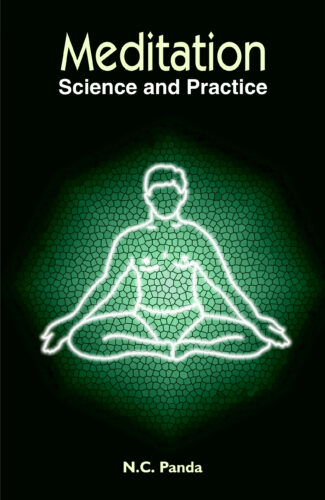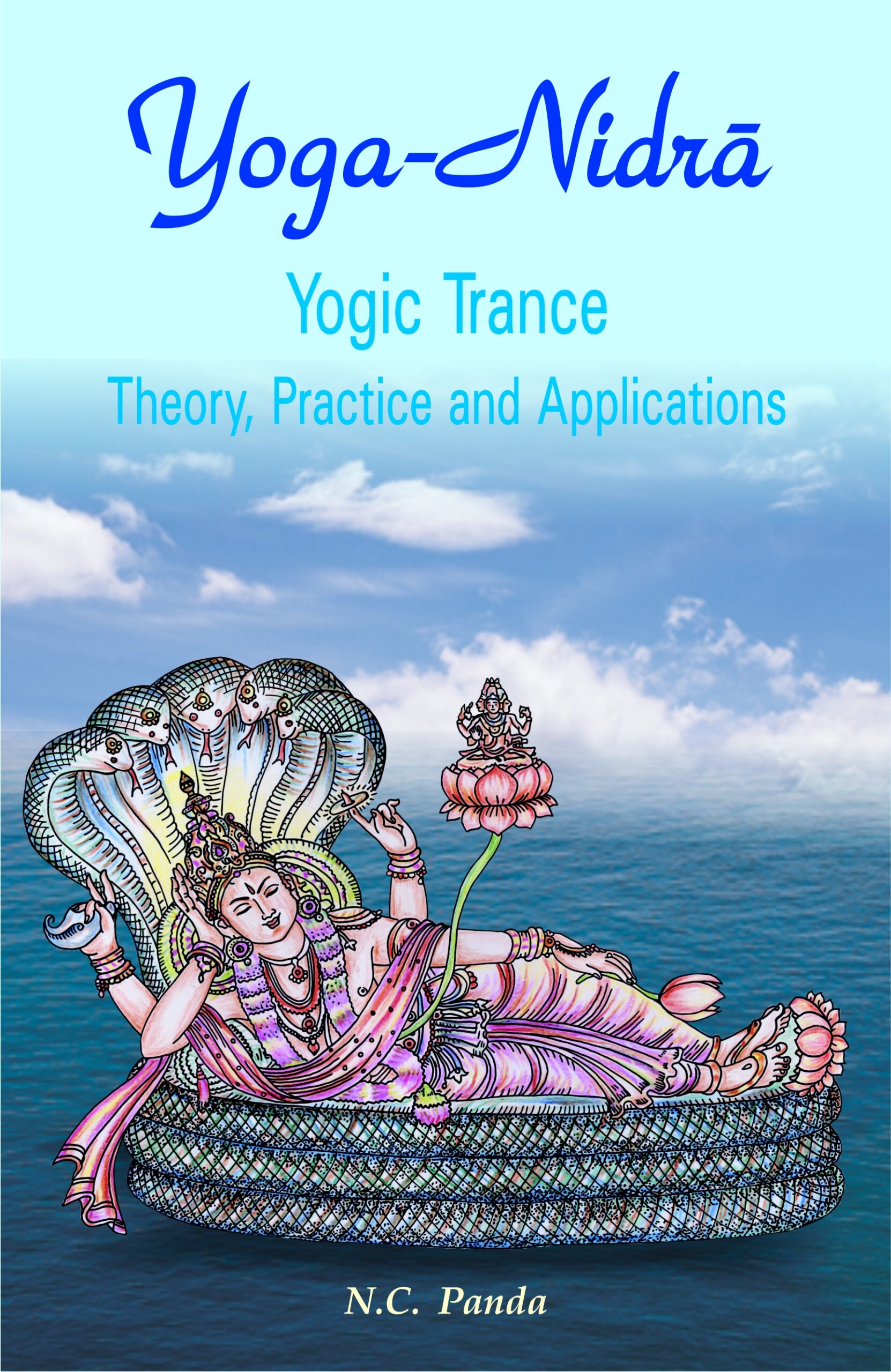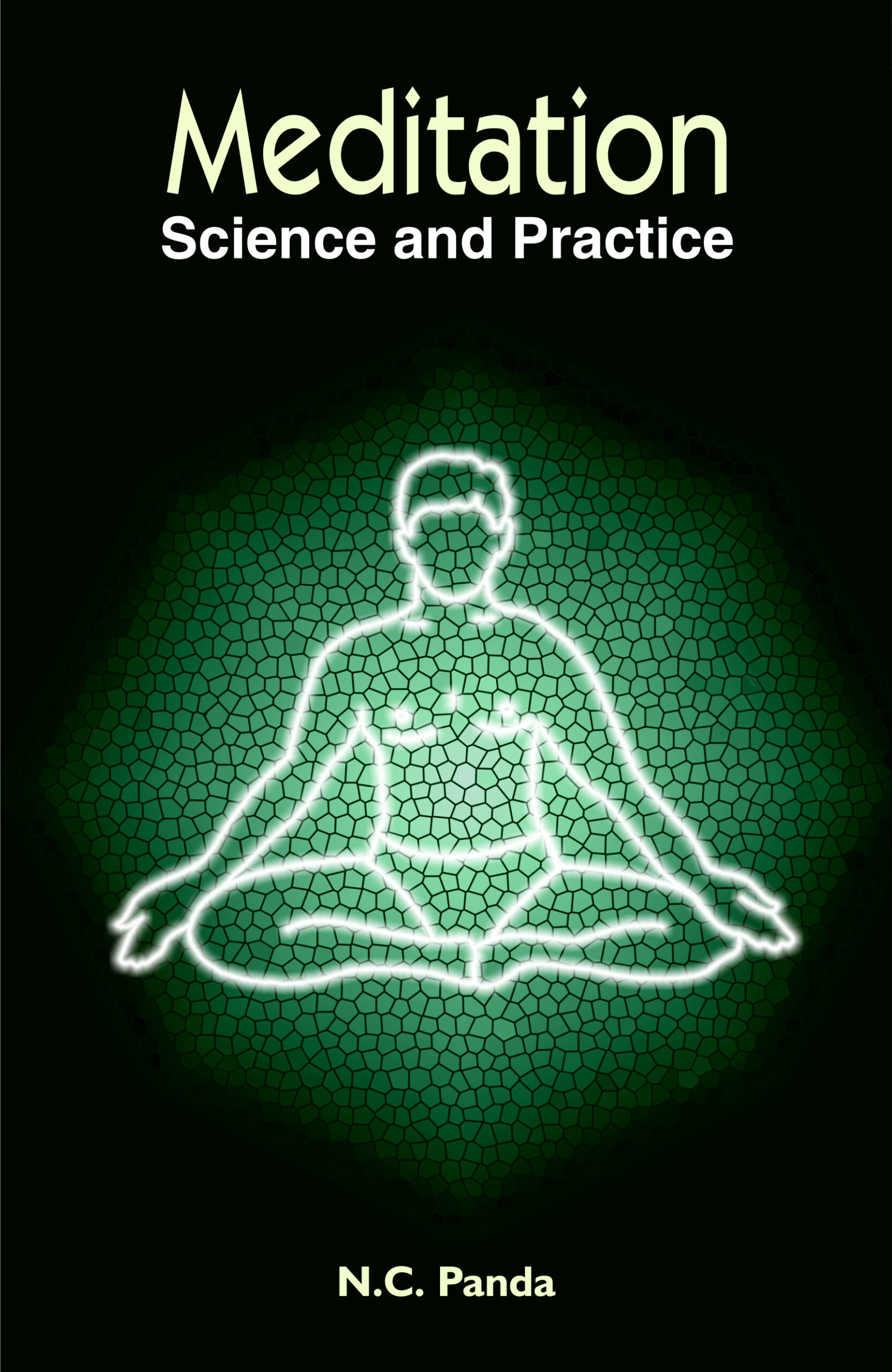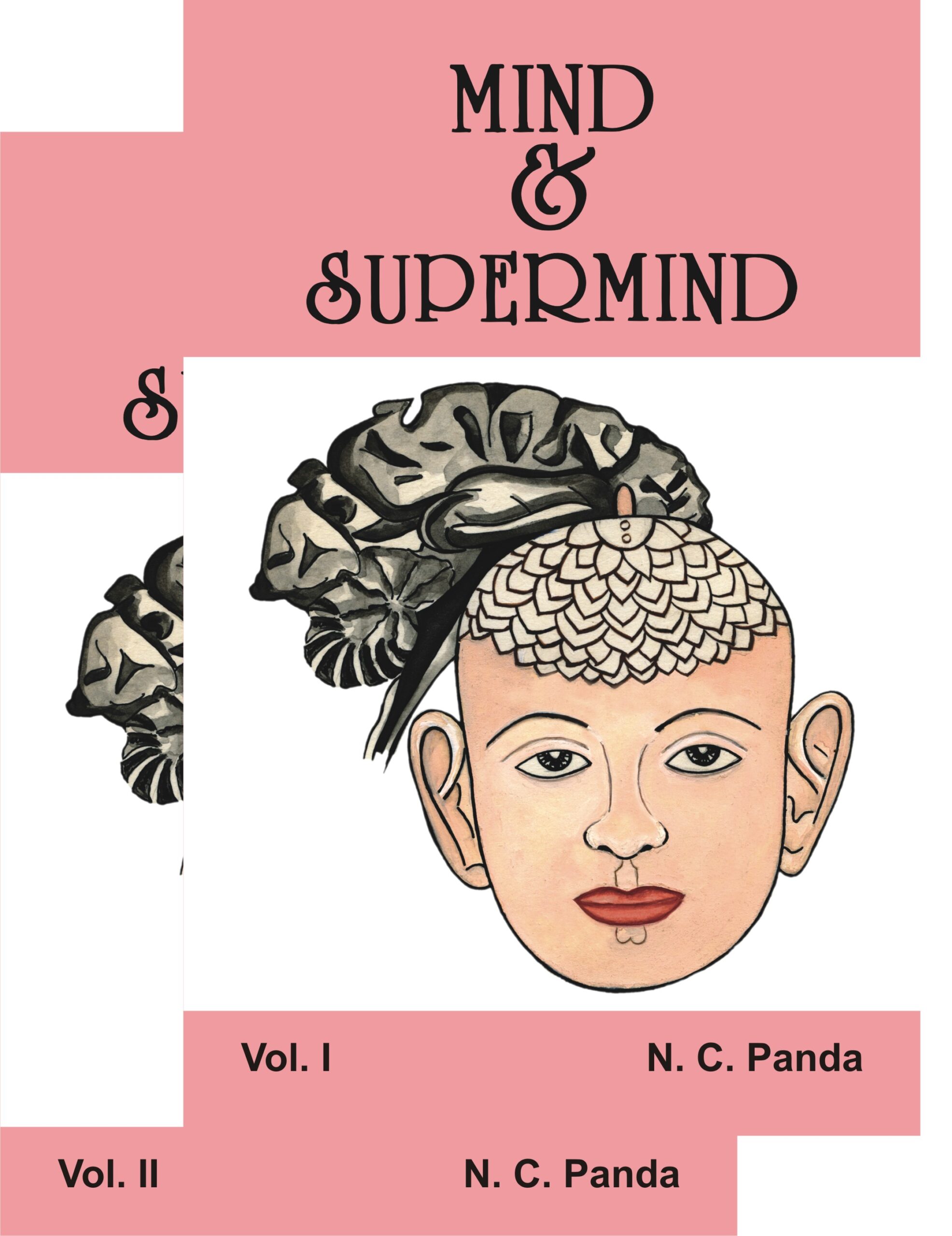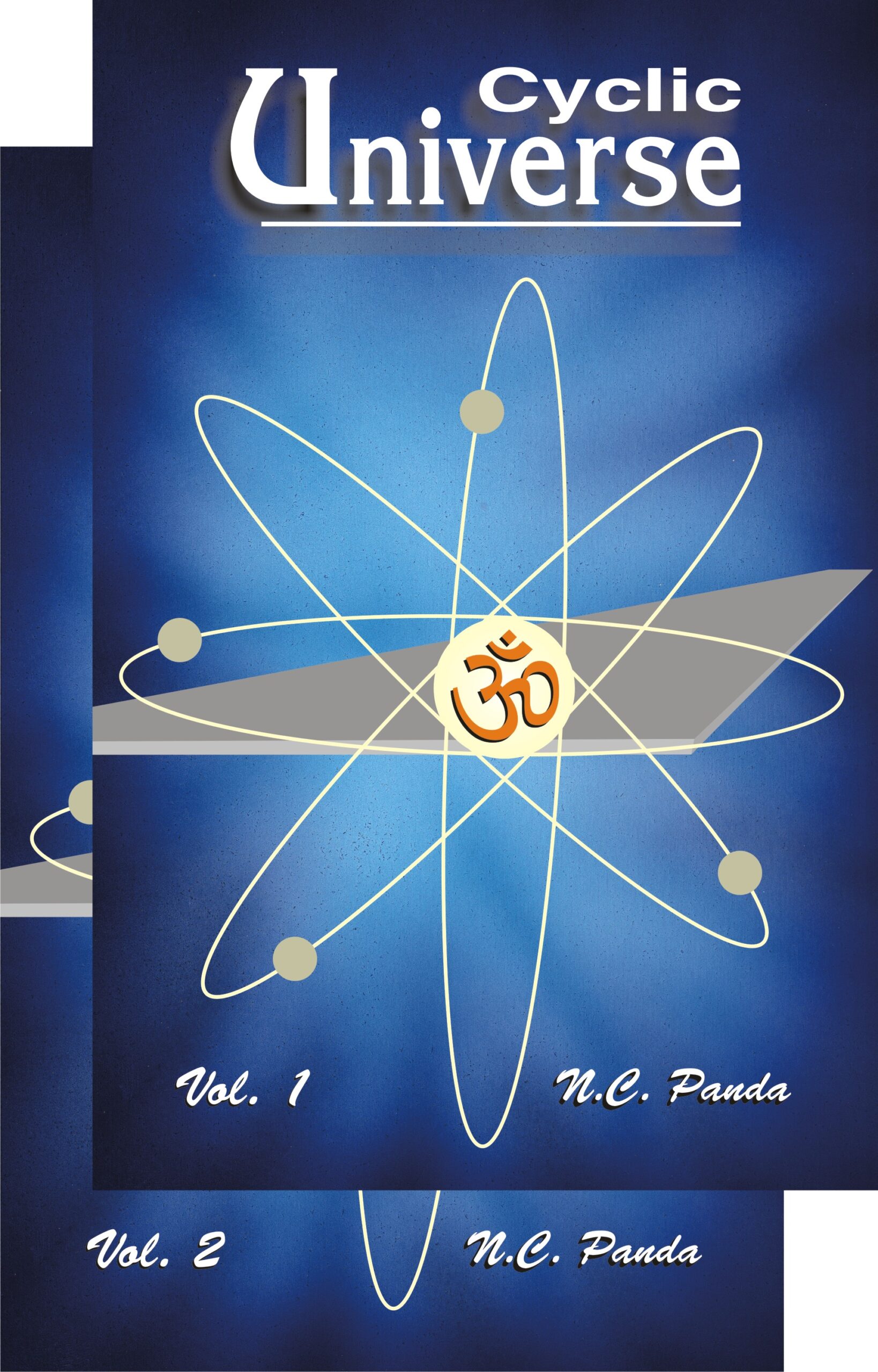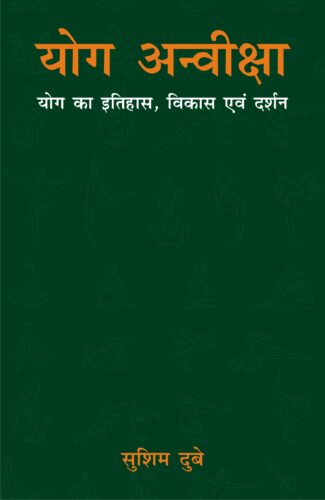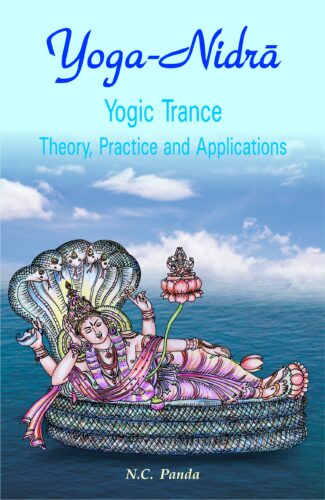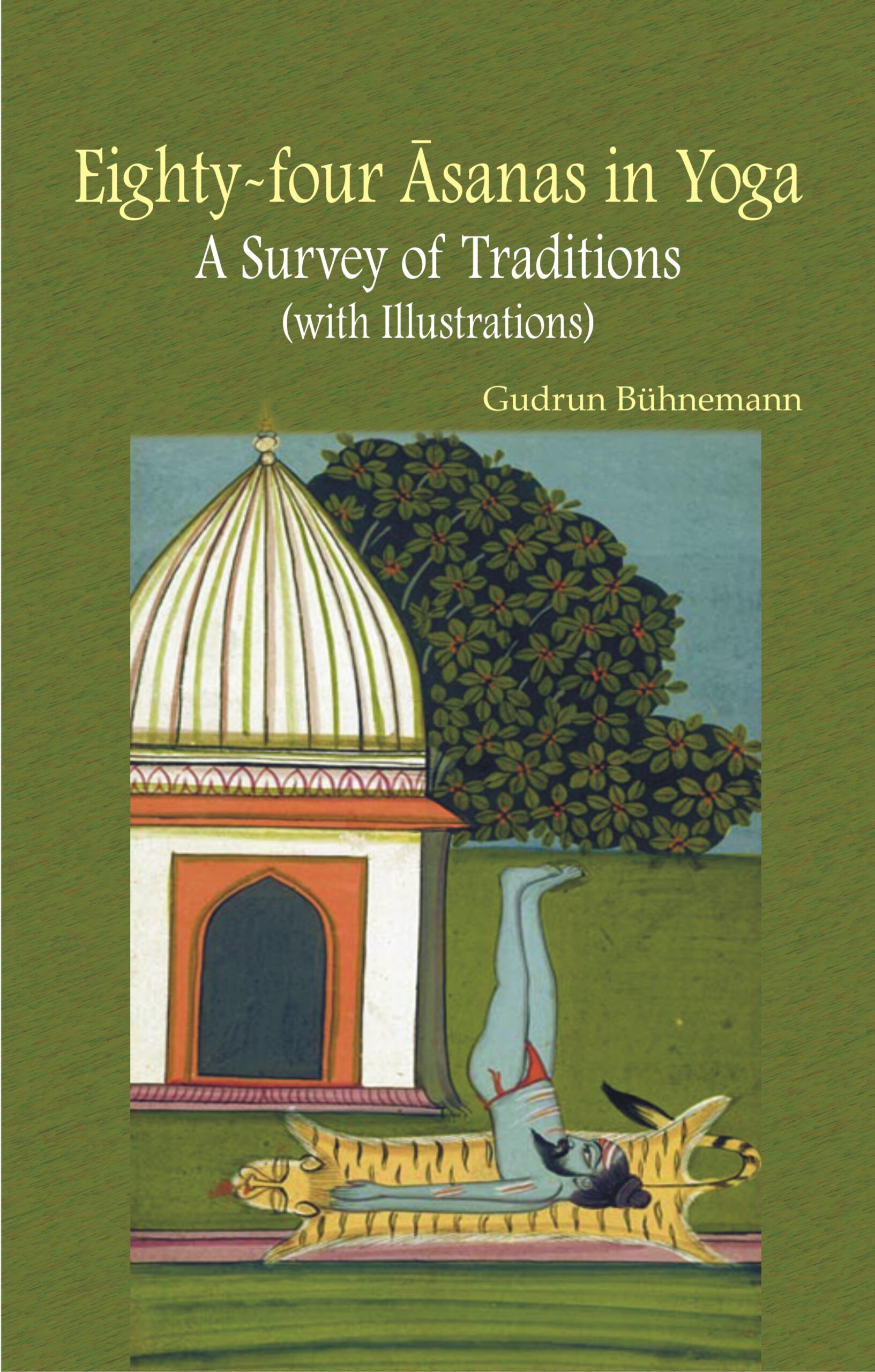

Meditation...
Meditation
Science and Practice by: N.C. PandaProf. Panda discusses the eight limbs of Patanjala Yoga, emphasizing on meditation in its three stages of dharana, dhyana and samadhi. Delving into Patnnjalis classical yogic theories, he gives detailed guidelines on the practice of meditation and explains in scientific terms the benefits surfacing from the practice of meditation.
Original price was: ₹550.00.₹495.00Current price is: ₹495.00.
ISBN: 9788124602119
Year Of Publication: 2003
Edition: 2nd
Pages : xvi, 336
Bibliographic Details : 30 Figures; Glossary; Bibliography; Index
Language : English
Binding : Hardcover
Publisher: D.K. Printworld Pvt. Ltd.
Size: 23 cm.
Weight: 650
Yoga, contrary to the popular perception, is not merely a system of physical culture. It is, in fact, a uniquely Indian discipline aiming to bring about the union of an individual spirit with the Universal Spirit: the Cosmic Consciousness through what in Yoga is known as samadhi, a state of profound meditation. Patanjalis Yoga-sutram, written sometime around the second century bc, is the first, systematic, at once authoritative presentation of Yoga: in both its theoretical and practical aspects. Professor N. C. Panda, who has had a lifetime involvement with the science and practice of Yoga, here outlines the eight limbs of Patanjala Yoga, with added emphasis on meditation in all its three stages: dharana, dhyana, and samadhi; and how this ancient system of bodily and mental control is found to have a strong scientific basis. Offered in three parts, his book focuses, in Part 1, on the practice of meditation, with detailed guidelines concerning the relevant yogic postures, yogic breathing and breath-control. Part 2 presents Patanjalis classical yogic theories, showing how these are validated: both theoretically and experimentally, by modern science. In Part 3, the author explains, in pure scientific terms, the physical, psychic, therapeutic and spiritual benefits surfacing from the practice of meditation. Though based on the principles of classical yoga, Professor Pandas book is truly a brilliant effort to treat Yoga as an advanced science. Including a comprehensive glossary of Sanskrit technical terms and numerous illustrations, it is invaluable to medical scientists/researchers/anyone interested in Yogic Meditation and how it can give a holistic, healthy and creative life.
Preface
Acknowledgements
List of Abbreviations
List of Figures
PART-1
PRACTICE OF MEDITATION
1. Preparation for Meditation
Preparation for Traditional Meditation
Preparation for Non-traditional Meditation
2. Asanas for Meditation
Siddhasana
Siddha Yoni Asana
Padmasana
Svastikasana
Vajrasana
Sukhasana
Shavasana
3. Mudras and Bandhas for Pranayama, Pratyahara and Meditation
Mudras
Bandhas
4. Pranayama Before Meditation
Preliminary Notes
5. Pratyahara Preparatory to Meditation
Techniques of Pratyahara
Use of Olfactory Concentration for Pratyahara
Use of Visual Concentration for Pratyahara
Use of Auditory Concentration for Pratyahara
Concentration on the Anahata Dhvani for Pratyahara
Use of Mantra-japa for Pratyahara
6. The Practice of Meditation
Practice of Dharana
Practice of Dhyana
Practice of Samadhi
Total Absorption and Unification
PART-2
THEORY OF MEDITATION
7. What is Meditation?
Mind in a Whirl
The Form of the Whirling Mind
The Formless in its own Form
8. The Four-fold Existence of the Self
The Waking State
The Dream State
The State of Deep Sleep
The Fourth State
The Seed-bed of the Whirls of Mind
Hindrances to Yoga
Practice and Dispassionateness
9. Tanha : Unquenched Thirst
Darwinian Motto
Rat Race in Modern Life
Three Types of Desire
A Lotus Leaf in Water
10. The Six-fold Enemy
11. Yama : The Five Great Vows
Non-violence
Truthfulness
Non-stealing
Brahmacarya
Aparigraha
12. Niyama : The Performance of Five Prescriptive Duties
Cleanliness (Shauca)
Contentment (Santosha)
Austerity (Tapah)
Kriyayogah
Studies of Scriptures of the Self (Svadhyaya)
Surrender to God (Ishvara-pranidhanam)
13. Vitalisation and Withdrawal
Pranayama
Withdrawal of Senses (Pratyahara)
14. The Tripod of Meditation
Dharana
Dhyanam
Samadhi
Samyama
15. Equanimity : Contradictions Dissolved
Pairs of Opposites
Stay in Brahman
Karmayogi
Buddhiyoga
16. Universal Love
Maitri
Karuna
Mudita
Upeksha
17. A Dedicated Life is Yoga
Work for God
Dedicate Your Life
Enjoy Self-denial
Make Your Life an Offering
In Constant Communion
18. A Yogis Vision — All in One, One in All
19. The Root of Evil
20. A Flame Without Flicker
21. Yoga for Peace
23. A Middle Path in Yoga
The Middle of the Pendulum
The Food and Drink of a Yogi
PART-3
BENEFITS FROM MEDITATION
24. Psychosomatic and Somatopsychic Effects
Cartesian Dilemma
Vedantic Concept of Mind
Phychosomatic Effects
Somato-psychic Effects
The Source of Stimulus for the Cerebral Cortex
Holistic Constitution
25. Physiopathology of Stress Disorders
Divisions of the Nervous System
Spinal Cord
The Cerebral Cortex of the Brain
Three Divisions of the Cerebral Cortex
Psychic Centre
Left and Right Cerebral Hemispheres
The Secretary of the Executive Head
The Limbic System
Brain Stem
Paul MacLeans Concept of Reptilian Brain
Transmission of Signals Through Synaptic Junctions
Neurotransmitters
Psychogenic Control of Endocrine Glands
Psychosomatic Pathology
General Adaptation Syndrome
Pathogenesis of Stressful Disorders
Psychopathology
Individual Susceptibility to Stress
Role of Emotion in the Etiology of Psychosomatic Diseases
Role of Meditation in the Prevention of Stress-diseases
26. Meditation on Psychophysiology and Psychopathology
The Yogis Control of Autonomic Functions
Biofeedback
Yoga Recognised as a Topic of Psychology
Meditation as a Tool for Fighting Stress
27. Meditation and Psychoimmunology
The Military Force of the Body System
The Superconscious Protector
Meditation Influences the Immune System
28. Meditation on Specific Organs and Functions
Diabetes Mellitus
Hyperacidity and Peptic Ulcer
Hormonal Deficiency and Imbalance
High Cholesterol Level and Atherosclerosis
Viral Hepatitis
Cancer
Bone-fracture
29. Meditation for the Retardation of Geriatric Processes
Retardation of Ageing
How does Yoga Retard Ageing?
Meditational Technique for Delaying Senility
30. Meditation for the Promotion of Mental and Spiritual Health
Mental Health
Senile Dementia
Spiritual Health
Glossary
Bibliography
Index


